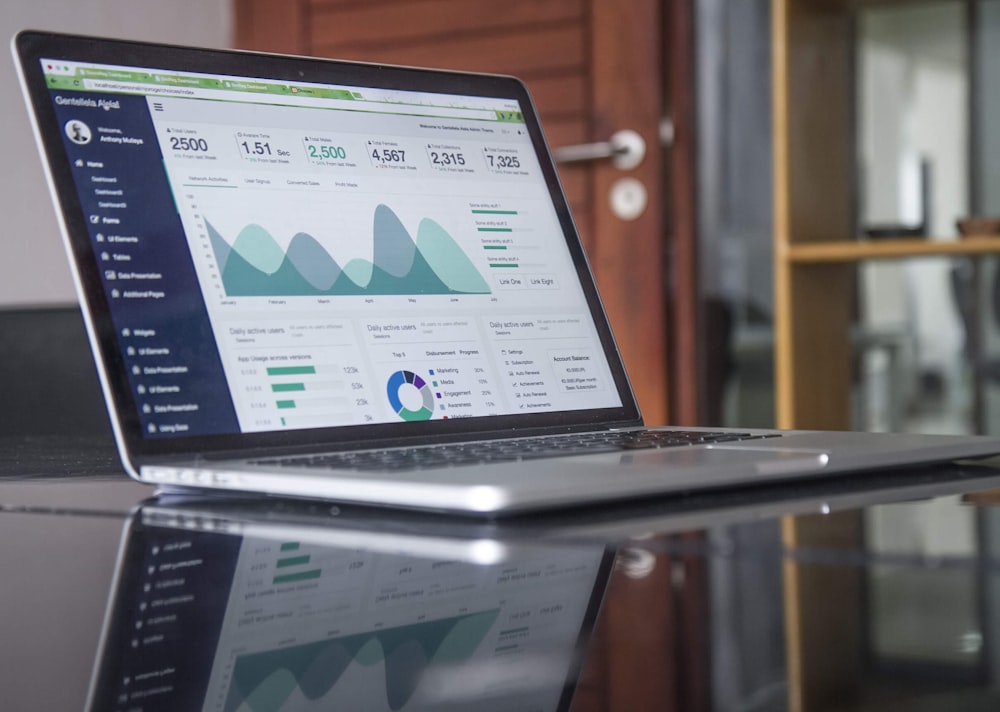As you prepare for making the most of the impending post-COVID-19 recovery, you need to consider how to maximise value from your external communications activity. What you plan for today, will help you succeed in the future.
An important part of any business’s marketing plan, external communications is about creating meaningful connections with those people outside of your brand, such as customers and suppliers. It helps to fundamentally shape your brand’s reputation. (Before addressing your external communications, we’d recommend nailing your internal communications first. Our blog from last week, which you can check out here will help you with that and you may also wish to read our general tips for helping businesses prepare for post-Covid-19 recovery, which can be found here.)
Safety first
The first part of your external communications strategy should be to focus on the safety and security of your external stakeholders. Now is the time to put in processes and systems that will safeguard them whilst accessing your products or services. If you are an online business for example, you may have implemented “no touch” deliveries or if you are planning to re-open your premises, you may install one-way systems or only allow a certain number of customers in at any one time. When the processes have been tested and you are ready for roll out, be sure to tell your external audiences what the changes are, the reasons for it and what it means for them.
Look for opportunities
There will be opportunities arising following the pandemic, keep your finger on the pulse to find out what they are for your business. Following a crisis as massive as Covid-19, people’s tastes and habits will change, e.g. it’s looking like even when restrictions are lifted, people will be cautious about travel and they won’t want to be in big crowds, so consider how your business can respond to these changing trends. Scan the horizon for the opportunities these changes may mean for your industry.
Know your customer
Knowing what the trends are is one part of the equation. The other is knowing your customer (KYC) and how they will respond. Think about how your customer might have changed as a result of Covid-19, what do they care about now and is this different to three months ago? What platforms are they engaging with and where are they spending their time? This will help you focus on the right platforms to invest resources into (note: your different audiences will spend time on different platforms, so it probably is not a case of “one and done”!)
You don’t need to spend a ton of money on market research to get to know your customers. Some options:
- You could dig out some previous market research and cross reference it with more up to date sales data, just using existing information your company already has.
- You could use social listening tools to find out more about the issues that are affecting your customers and identify what they’re concerned about now and what they are looking forward to.
- You could use search listening tools, like Ask The Public, to find out what answers people are searching for right now, always a great indication of what’s of concern to customers right now.
- You could use Google Trends to see what topics are spiking.
- You could dig deep on your own Google Analytics to see what your website visitors’ behaviour is telling you.
Check your positioning
Depending on what your research tells you, you may need to adjust your brand positioning. For example, if you are a luxury brand, “status” might be a part of your usual positioning, but now maybe “safety” is more of a consideration and should feature more prominently instead. Work out what bounce-back messaging is going to resonate with your audience.
Develop your recession strategy campaign
Whether it’s a U or a V-shape, we are heading for a recession. As we’ve already mentioned, people’s habits are going to change, and this changed consumer behaviour, coupled with your KYC research and revised positioning, should play into developing your recession strategy campaign. Back in 2008, following the financial crash, Sainsbury’s launched a very effective “Feed Your Family For £5” campaign. This resonated as people were mainly concerned about family finances and the campaign worked across all elements of the marketing mix. What can your brand do to help your target market? Your recession campaign should include tactics from across paid (e.g. advertising – print, online display, paid social), earned (e.g. media and influencer activity) and owned (e.g social media, email and your blog) channels to reach your customers wherever they may be.
Focus on the features
In all parts of your external communication, focus on the features that are delivering value to your audience. This is why you need to know what it is they care about, so you can show
how your product or service solves their problem.
More than just marketing, developing an effective external communication plan will help you build real connections with important stakeholders outside of your brand.
If you’d like any help with shaping your post Covid 19 marketing communications activity, we are offering a free 15-minute no-obligation discussion with our team of communications experts. To book your free discussion or to find out more, please email hello@adpr.co.uk
Communication is critical to your business success, but it needs a plan and strategy to be effective. If your business needs some help, see what we can offer you by checking out our affordable Confident Communication Planning Package.
The Department of Commerce states that 70% of smaller companies go out of business within just one year of experiencing a crisis – we think this is enough of a reason to be prepared! Our Crisis PR 101 guide will give you the tools you need to develop a crisis plan that will protect your business when a crisis strikes. As well as the guide you’ll get top tips from experts to give you more support in building a futureproof plan for your business.






